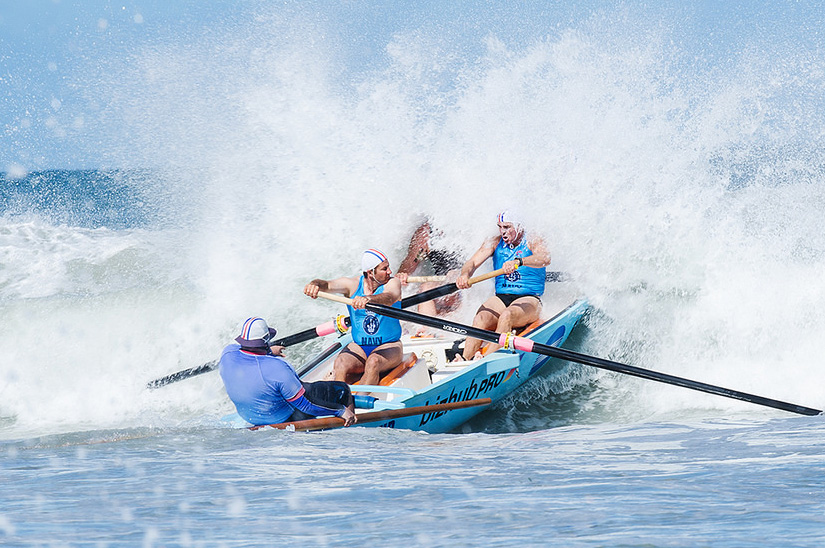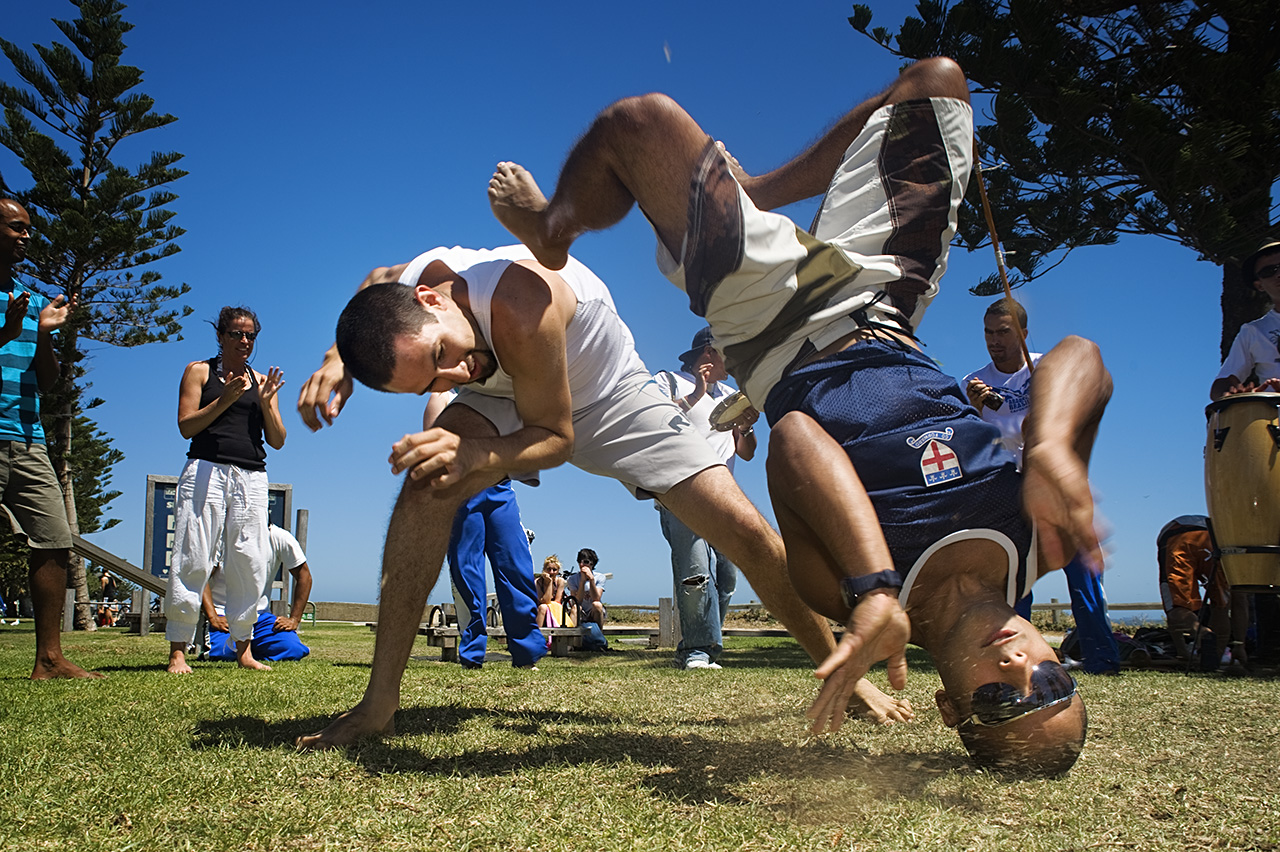Canon Autofocus Tracking Demystified!
If you’re the owner of the current generation of enthusiast and professional level Canon DSLRs, you will have noticed that your camera does come with a bevy of Autofocus Tracking options available in its Autofocus menu*. This might seem really exciting — especially if you’re into photographing wildlife, sports or action — until you try to decipher what all those parameters mean and it all starts to feel like you’re trying to extract information from a technical manual.
Well, fear not — for in this article, we’ll explore these parameters and what they mean, and how they can change your photography for the better!
* The Autofocus Menu is available in the 5D Mark III, 5D Mark IV, 7D Mark II and 1DX series cameras. If you use a Canon 80D, then it’s found in the “Autofocus” menu within the Custom Function (C.Fn) II menu.

I’ll start by saying that these options are really there to help you nail the shot when you’re photographing moving subjects. Whether it’s a sprinter, bird in flight, speeding cars, dogs at the beach, football players and so on, these options will let you set how your camera’s autofocus tracking behaves when you’re photographing different kinds of moving subjects.
AI-Servo
Let’s start at the very beginning. These autofocus tracking features come into play when you are shooting in AI-Servo focus mode. So, the first thing you need to understand is what AI-Servo is all about.
AI-Servo has your camera continuously focusing on the selected AF point(s) while autofocus is activated (either through the shutter half-press or use of the AF-ON button). Hence, keeping the AF point(s) on a moving subject while half pressing the shutter, or pressing the AF-ON button, means that the camera continuously focuses on the subject and will track it as long as autofocus is active.

Autofocus Area Options

The autofocus area options on a 7D Mark II
Your camera is able to autofocus within an area within the viewfinder. In order to get the greatest accuracy in obtaining focus on your desired subject, you should limit the autofocus area to a single point or a limited area, instead of letting your camera decide which of the available 50+ points it will use to focus.
Here are the autofocus area options available to you:
- Single-point Spot AF: A very accurate single AF point. Because the spot AF point covers a smaller area than the single-point AF, it’s best used when you need precision in focusing on a very small part of a scene or subject (eg. the eye on a face).
- Single-point AF: Lets you manually select a single AF point to use.
- AF point expansion (Manual selection): Expands the active focus points to the adjacent points around the selected point. In AI-Servo, you need to use the selected point to focus first; the other four points may activate if the selected focus point falls off the subject.
- AF point expansion (Manual selection, surrounding points): As above, except that more points are available for expansion.
- Zone AF (Manual selection): Select a “zone” of AF focus points to use. All focus points in the zone are active and may be used to focus on the subject.
- 61-point automatic selection AF: All AF points are used to focus. In AI-Servo, the manually selected focus point if used first to get focus, but the AF point will change as it tracks the subject across the 61-point AF area.
Tip: If you’re shooting erratically moving subjects (eg. excited dogs at the beach, football players, birds in flight), I recommend that you use one of the two AF point expansion options. This allows for the camera to pick up on the subject if you happen to lose contact with it on the selected focus point.

Advanced Focusing: Autofocus Cases
When you access the Autofocus menu on your Canon DSLR, you have a number of “cases” to select. Each case is, essentially, a “preset” where a number of focus tracking parameters have been selected. Depending on the nature of the moving subjects you’re photographing, you may find a “case” that fits the bill.
- Case 1 – Versatile multipurpose
- Case 2 – Continue to track subjects, ignoring obstacles
- Case 3 – Instantly focus on subjects suddenly entering AF points
- Case 4 – For subjects that accelerate or decelerate quickly
- Case 5 – For erratic subjects moving quickly in any direction
- Case 6 – For subjects that change speed and move erratically
Each “case” gives you a particular kind of moving subject, and you can simply select the case that best fits the scenario you’re shooting. For example, you might select Case 5 if you’re photographing your dogs at the beach, or Case 2 if you’re intent on focusing on a particular athlete to the exclusion of others, so that your camera will keep tracking the athlete and ignore anyone who happens to pass in front of your subject and make contact with your focus point.
But the better news is that, for each of these cases, you can drill down and tweak the continuous autofocus parameters for each of these cases. To do this, you simply select a case, then press the “RATE” button to drill down and set the specific parameters.

Continuous Autofocus Parameters
-
Tracking sensitivity:
Setting range: 0, +1, +2, -1, -2
Determines how sensitive your autofocus point(s) are when another subject intrudes over the subject you are tracking. For example, you’re focus tracking on someone running towards you when someone else walks across the scene and crosses your AF point. You can set the sensitivity so that the AF stays with the original subject (the runner) by dialing in -1 or -2 on the sensitivity setting. Or you can set the sensitivity so that the AF jumps to the intruding figure (+1 or +2 on the scale).
Recommendation: If you’re photographing a subject that may be located against a busy background or which is moving in amongst other objects, set this to -1 or -2, to prevent intruding subjects interfering with your AF tracking of the original subject.
Acceleration/deceleration:
Setting range: 0, +1, +2
Lets you set how quickly your AF tracks and adapts for moving subjects that change their speed as they are moving towards you. For a higher degree of sensitivity to changing speeds, select +1 or +2. For subjects that are moving at a constant speed, select 0.
Recommendation: Set this value to +1 or +2 if you’re photographing subjects that change speed (faster or slower) as you track them.
AF point Auto Switching:
Setting range: 0, +1, +2
This is relevant only if you’re using point expansion or zone focusing AF area options (including 61-point automatic selection). It determines how quickly the AF points available within the zone pick up on and track a moving subject across the AF area. For example, a dog running around a beach may change directions quickly and randomly, so you may not be able to keep your AF point(s) on it while tracking focus. Setting an AF point Auto Switching to +1 or +2 increases the responsiveness of your camera changing AF points to keep focus on the dog as it changes directions.
Recommendation: Set this to +1 if you’re shooting subjects that are difficult to track using a single focus point eg. flying birds.
Adjusting these parameters allows you to fine-tune the way continuous autofocus works for each of these cases.
The key thing, obviously, when leveraging the power of your Canon DSLR’s continuous autofocus options, is that you need to understand your moving subject well and be able to anticipate their behaviour. Knowing how the subject moves, what you want to achieve in photographing them, and any peculiarities about the environment in which they are moving will help you determine the best case to use and parameters to set. The old adage for all photographers — “know your subject” — always stands true.
Canon’s continuous autofocusing options is great for photographers — but as with all things photography, you need to know your tools in order to use them well. So, go on and give what you have learned here a go — you’ll find action scenes everywhere and failing that, just take your dog to the beach and watch it go wild!
If you enjoyed this article, feel free to share it on your social media!


Alistair Tibble
20/08/2021 at 3:54 pmHi
I just want to say thanks for your great article reference focussing which someone has just sent me a link to. I still need to read it in greater detail.
Please please can I beg for some extra advice on focussing for video using the three AF settings on the canon 80D. Anything you can kindly further advise me on thank you very much and I really appreciate so much.
Alistair Tibble